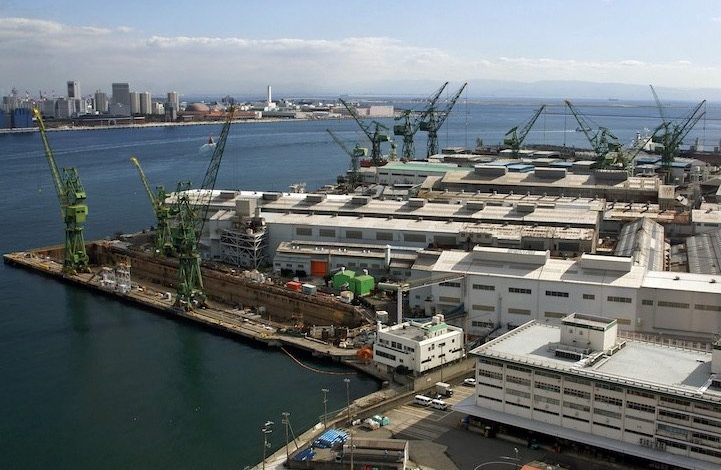
LPG as a marine fuel continues to see plenty of design developments with class societies ABS and ClassNK having just granted approval in principle to Kawasaki Heavy Industries (KHI) for its new LPG fuel system.
A dual-fuel engine capable of using both marine diesel oil and LPG as fuel, Japan’s KHI claims the system simultaneously reduces fuel consumption and enables the engine to meet NOx Tier 3 regulations.
KHI’s design is for an electronically controlled LPG injection marine diesel engine (ME-LGIP), the first order placed for an engine of this type in Japan.
“LNG as fuel is attracting widespread attention as an environmentally friendly option, but LPG as fuel has advantages over LNG, including potentially reduced initial investment and simpler handling onboard. As a result, we believe LPG as fuel will prove increasingly attractive to the market in the future,” said Hideaki Naoi, general manager at KHI.
“Using LPG as a fuel can lower emissions to air compared to conventional fuels, both in terms of greenhouse gas emissions and other pollutants,” said Patrick Ryan, ABS senior vice president.
According to ClassNK, the main features of the system are a cyclical design that is compatible with propane and butane and circulates LPG in a pressurised state capable of usage at normal ambient temperature. Importantly, the system configuration is applicable to merchant ships other than LPG carriers. To date, LPG-fuelled ships have tended to be on VLGCs.
A joint study published in December by class society DNV GL and engine manufacturer MAN evaluated that LPG is at least as attractive an energy source as LNG, with shorter payback periods, lower investment costs and lower sensitivity to fuel price scenarios. Furthermore, there is considerable LPG infrastructure available around the world, including storage facilities, export terminals and coastal refineries with loading and unloading installations.
The use of LPG as a fuel will to a large degree avoid particulate matter and black carbon emissions. What is more, the combination of low production and combustion-related emissions results in an overall greenhouse gas emissions reduction of 17% compared to HFO or MGO, the study claimed.
“LPG could act as a bridging fuel to ammonia since LPG installations in a ship may be suitable for ammonia, as well,” Christos Chryssakis, business development manager at DNV GL, stated. “Materials used for LPG tanks and systems will in most cases be suitable for ammonia, and the double barriers and other safety features required for LPG would be just as relevant for ammonia. Some adjustments may be necessary for an LPG-fuelled ship to convert to ammonia but may be limited in scope in many cases.”
By making appropriate arrangements when planning a newbuilding project, the need for adjustments when converting to ammonia at a later time could be minimised.
In November last year, the World LPG Association issued a 73-page report on the potential for LPG bunkering around the globe. The report stated: “Today LPG is becoming a technically and economically feasible option as an alternative fuel for shipping. According to MAN, by 2028, all LPG VLGC newbuilds and about 30% of containerships newbuilds are going to use LPG as fuel.”
